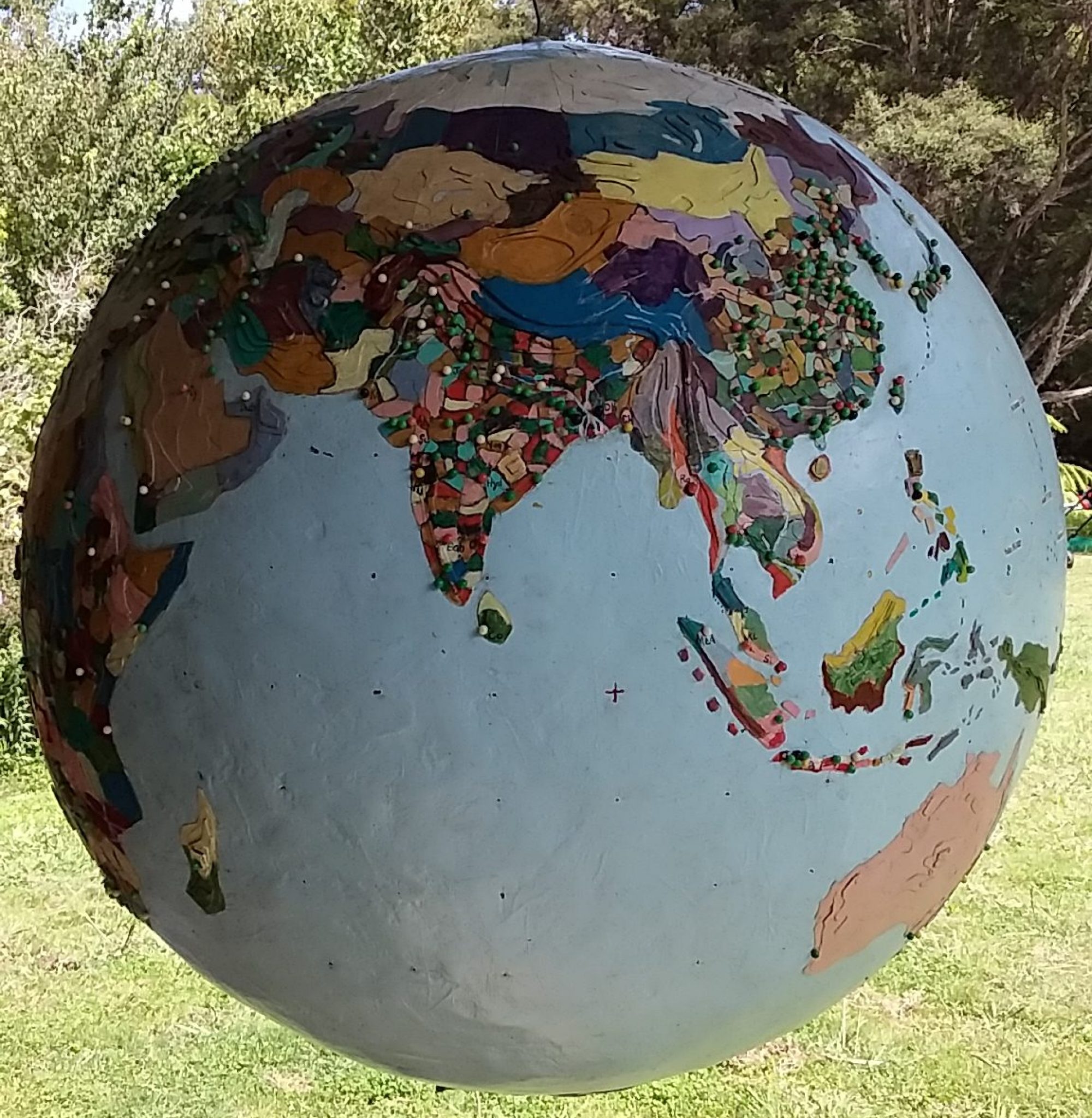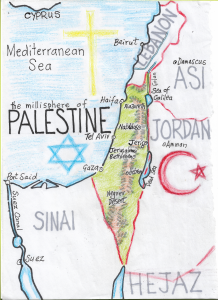Mazar-e-Sharif
The publication, in New Zealand, of Hit & Run by Nicky Hager and Jon Stephenson has drawn our attention to the remote Tigran valley, north of Kabul, in the millisphere of Mazar-e-Sharif.
Tigran is divided from Kabul by a high mountain range, and those wanting a description of the countryside should read Eric Newby’s travel writing classic A Short Walk in the Hindu Kush.
Tigran, in the Baghlan province, is situated on the historic trade route from Kabul north to Samarkand in Uzbekistan, but the New Zealand SAS wouldn’t have followed Newby’s horseback route; they would have taken a one-hour flight directly to Baghlan. Quicker and safer.
I discussed dividing Afghanistan into millispheres with a friend, who had worked for the Red Cross in Kabul in 1991.
Shew said Afghanistan had never really been one country, but a collection of regions dominated by ethnic warlords. For a start the country is roughly 85 percent Sunni Muslim and 15 percent Shi’a.
Kabul is the fifth fastest growing city in the world; a decade ago it didn’t qualify as a millisphere but now, with an urban population around 3.7 million, it does.
Kabul is roughly 45 percent Tajik, 25 percent Hazara and 25 percent Pashtun, and these three ethnic groups are spread throughout the country in roughly those proportions.
Baghlan province, where the NZ SAS Operation Burnham took place, is in a region dominated by the “northern alliance” of Tajiks and Uzbeks. Mazar-e-Sharif, after the largest city in the region, is the name I’ve given this millisphere, and geophysically it is the upper Amu Darya river catchment that drains north into the Aral Sea.
North is also the direction Afghanistan’s opium takes on its journey to the West.
When the Taliban seized control in 1996, opium production fell to less than 20 percent of what it was during the decade long 1980s Russian/Mujahideen war.
Since the American invasion in 2001, opium production has climbed to greater than pre-Taliban levels – despite the Americans spending $US7.6 billion on poppy eradication programmes.
During the Russian occupation, the Americans supplied money and arms to the Mujahideen. Joining this “jihad” against the Russians were 25,000 Arab fighters including one Osama bin Laden, who famously turned from being an ally of convenience to a sworn enemy of the US.
Working in Wellington earlier this decade, I met Monroe, a Maori soldier, who after serving his time in the New Zealand Army, signed up with the US-led ISAF and worked in Kabul, training Afghan armed forces.
His take on the situation was that only those on the bottom in Afghan society would sign up with the invaders. He called recruits “homos and junkies” whom he thought would never beat the Taliban.
It is estimated that the Taliban have only 25,000 farmer/fighters in the field. Despite a ratio of 12:1 in favour of the US and its allies, backed by sophisticated military equipment, the Taliban still control large areas of Afghanistan.
Before the Taliban, Baghlan province was controlled by the Hazara warlord Sadat Jafat Naderi who belongs to the Ismaili Shi’a sect which comprises about 20 percent of all Shi’a Muslims. There are about six million Ismaili Shi’a in Afghanistan and about 25 million worldwide.
The Ismaili Shi’a give their allegiance to the Aga Khan who, with a personal wealth of $US800 million, is one of the richest royals in the world. The current Aga Khan was born in Geneva to an English mother and lives in France.
The Taliban use asymmetrical warfare, such as suicide bombers, and their sanctuary over the border in the Pashtun tribal areas in Pakistan mean they are still a force to be reckoned with.
In the 4th century BC, Alexander the Great said: “May the Gods keep you away from the venom of the cobra, the teeth of the tiger, and the revenge of the Afghans”.
The New Zealand army lost four soldiers during its time in Afghanistan; Britain lost 450 and the Americans 2,300.
Should we have been there and identified as a ally of the American?
As the Dutch said before becoming one of the first Nato countries to bail out: “We came to help rebuild, not to take sides in a civil war”.
The Dutch also couldn’t stomach the corruption.


